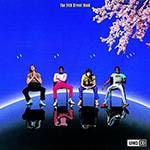■ FENDER STRATCASTER 1955 Model
The production of the Stratocaster really began in the fall of 1954, but the production line was not fully established, and the specifications were not very different from the 1954 model. However, upon closer inspection, there are noticeable differences.
○ Neck
The headstock shape became less rounded, adopting a more angular design. This shape remained the standard until the transition to the larger headstock in 1966. The round string guide continued to be used. This was still done manually, with grooves for the first and second strings being carved by hand (see photo).
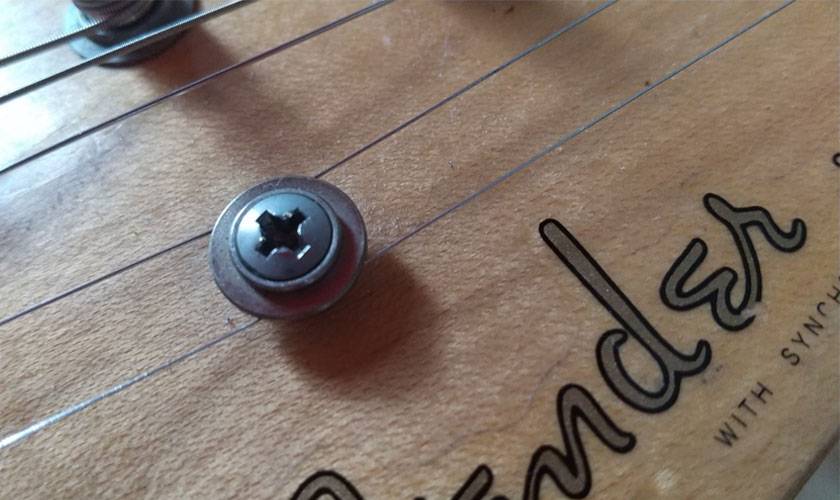
The round string guide is handmade, with grooves for the two strings being carefully crafted by hand.
This year, I saw Eric Johnson featured on the cover of Vintage Guitar Magazine with his Brown Egg Stratocaster. The size of the Brown Egg is as noticeably large as the 1970s bullet truss rod. Additionally, the body of the Stratocaster has an incredibly fine wood grain, unlike anything I’ve ever seen.
The saddles are quite rusted, but since Eric is very particular about maintenance, they are likely in perfect condition.
The volume knob appears to have been replaced, while the tone knobs seem unused. Specifically, the middle pickup tone knob clearly appears not to have been used.
Eric has previously mentioned, “When I changed the pickguard, the sound didn’t feel right,” which shows just how much he values the sound and setup of his instruments.
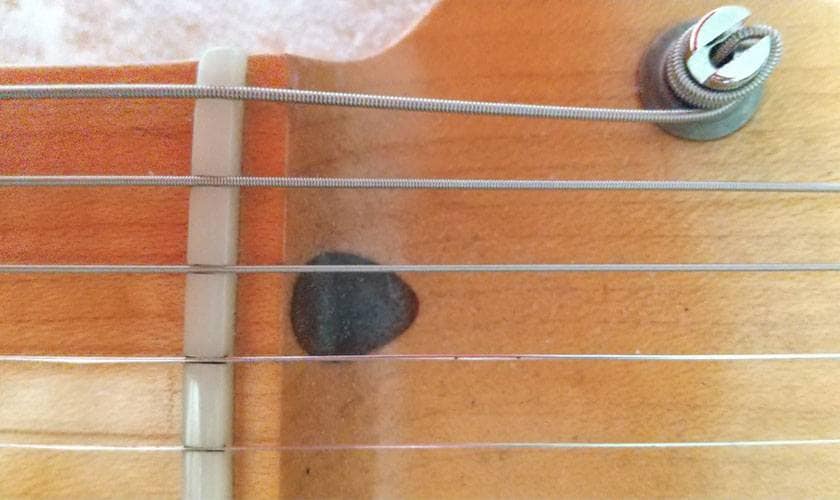
The wood used for the truss rod, which is inserted and sealed, is commonly referred to as the Brown Egg.
Among the 1954 models, there are some with a slightly larger Brown Egg.
Apologies, I’ve gone off-topic!
○ Body Material
The weight variation between individual units doesn’t change much, but one-piece bodies became more common. Since the bodies are made of ash, the wood grain is quite prominent.
○ Synchronised Tremolo Cover
This is the most noticeable difference when compared to the 1954 model!
The string holes on the back cover of the tremolo in the 1954 model were small and round, but within less than a year, they became elliptical (see photo).
However, even after they became elliptical, some players who still felt it wasn’t enough boldly cut part of the tremolo cover.
Just like the previous year, it was common for the manufacture date to be written inside the tremolo cavity.
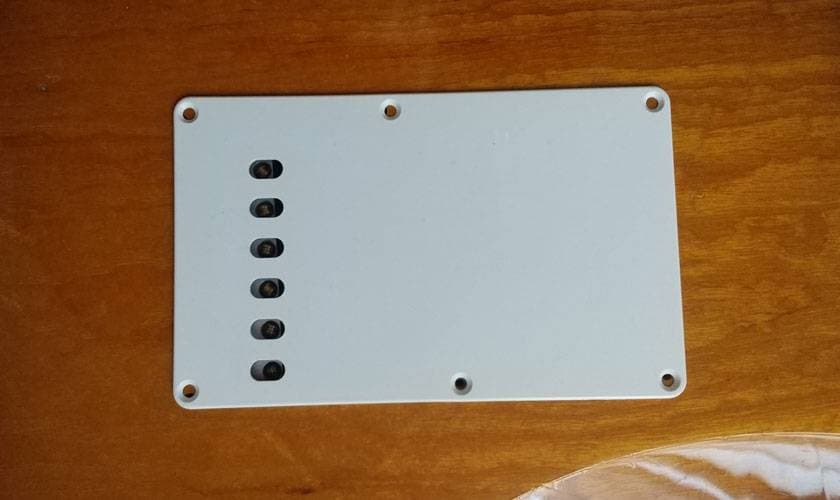
The tremolo back cover now has oval-shaped holes.
Since I removed the cover while playing, the cover in the photo isn’t screwed in, but the position is almost exactly correct.
○ Electronics
The controls themselves haven’t changed much, but from this year, the magnetic strength of the pickups doubled compared to the first year. Additionally, the height of the pole pieces for the 3rd and 4th strings became higher, but there’s some inconsistency in the height between the 1954 and 1955 models.
The capacitors are the type that are soaked in wax, and the wiring material is almost the same.
Each pot is stacked pole type, and the key feature is that the bottom surface has no circular grooves like those found on CTS pots.
CTS pots would go on to be used in the future, and I would like to talk about them later.
■ FENDER STRATCASTER 1956 Model
To put it simply, the most notable change for the 1956 model is that the body material was switched from ash to alder. While the exact timing isn’t clear, based on the numbers marked on various parts, it seems the change occurred after the early summer of 1956.
○ Neck
The most noticeable change in appearance from the 1956 model with the alder body is the string guide. It switched from the round shape to a pressed metal version. This wavy-shaped string guide (see photo) was used for a long time afterward, though slight changes in shape, material, and the number of guides were made over time.
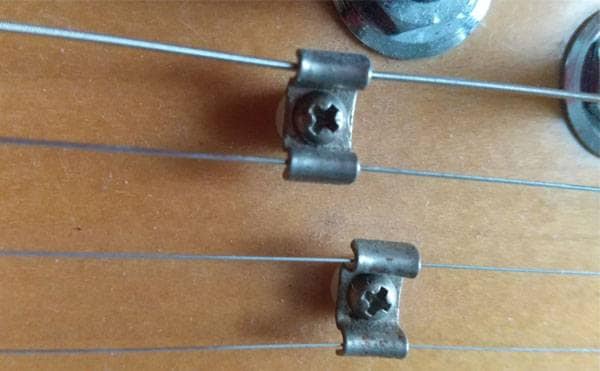
From around 1973, the tension pins increased to two. This continued until recently.
Additionally, the 1956 model's tuning pegs have a "one-row engraving" from Kluson. Normally, each peg would have two screws, meaning 12 screws total for all six pegs. However, Fender designed it so that only two screws were used, which is four screws total, with three screws placed next to each other, fixing the pegs with seven screws in total. This is the thrifty design by Leo Fender. Today, Kluson is no longer around, and instead, the Custom Shop tuning pegs use the famous Japanese manufacturer, Gotoh. The pegs are properly engraved with "JAPAN". The tuning pegs I use are Gotoh 510, and if you look closely, you can see the engraving "510" (5...10).
○ Body
The body material was changed from ash to alder. Alder is less expensive than ash, easier to process, and lighter in weight. The sound is also well-regarded by players. Though alder seemed to have many advantages, Fender’s side believed that ash produced a better sound and had a more visible wood grain, which was more suited for instruments. However, players preferred alder. This would go on to have a significant influence on the specifications of Stratocasters in the future.
The Stratocaster sound was most represented by Eric Clapton — "subtle yet forceful" — likely originated from the 1956 model (serial number 12073) Brownie made from alder wood. The trademark tobacco marks can be clearly seen on the neck near the sixth string. However, don’t try to replicate this. If you ever need to part with it, the resale value will be significantly lower. The maple neck also shows paint wear in most positions.
The contour of the body is much deeper and wider in the 1950s compared to the late 1970s models, which had shallower cuts.
○ Control Section
There are hardly any changes from the 1955 model. The wiring materials are nearly the same as the previous year’s. The pickup magnetism is almost identical to the 1955 model. The pots are from Stackpole, just like the previous year. Occasionally, you'll find Stratocasters where the volume pot has been overused, and the pot has been replaced with a CTS pot, but the original pots don't have the circular grooves. I’ll provide more information on CTS pots in another post.
○ Bridge Cover
This comes with a chrome-plated finish and is included from the start. However, I have never seen a guitarist perform on stage with the cover on. The design of the Stratocaster's synchronized tremolo unit is superb, even when compared to the Floyd Rose guitar. If the cover is attached, it might offer some protection for the clothes while playing near the rear pickup, but it certainly changes the appearance of the guitar quite a bit.
Next time, we’ll explore the 1957 model with a maple fretboard, and how it transitioned into the rosewood fretboard by 1959. I'll also discuss why the shift from maple to rosewood was made. Stay tuned for that!
The column "sound & person" is made possible by contributions from our readers.
For more details about submissions, click here.






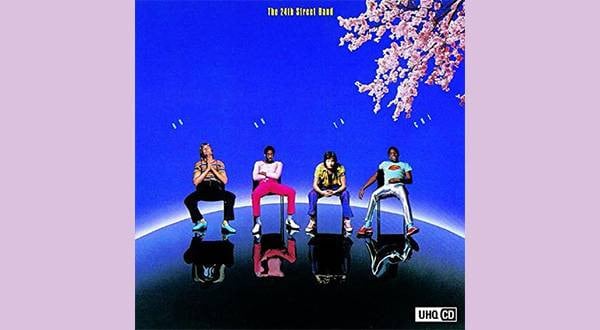




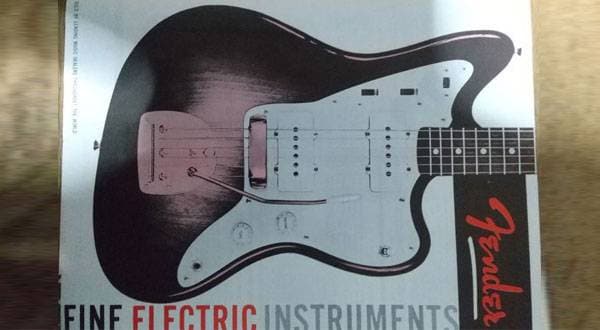
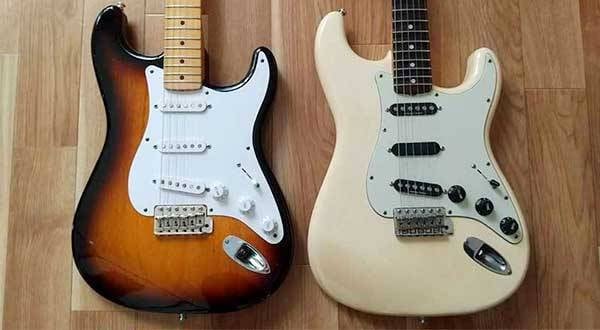
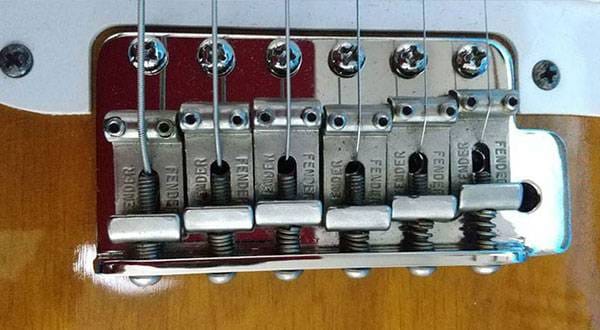

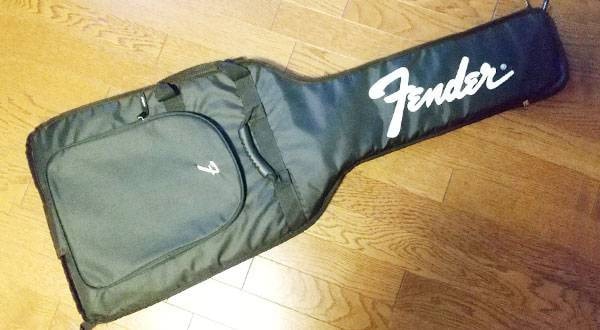
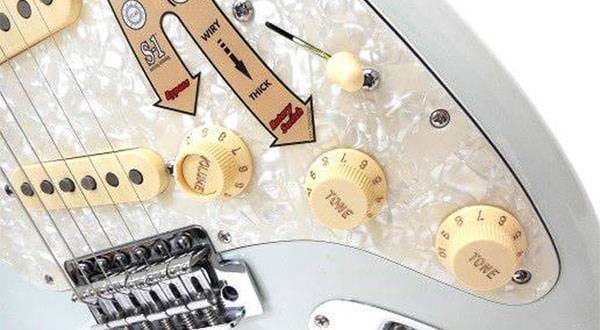
 Fender プロダクトラインナップ
Fender プロダクトラインナップ
 FENDER(フェンダー)ブランドサイト
FENDER(フェンダー)ブランドサイト
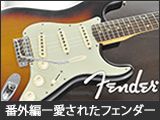 愛されたフェンダーギターたち
愛されたフェンダーギターたち
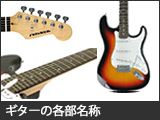 ギターの各部名称
ギターの各部名称
 ギター名人ラボ
ギター名人ラボ
